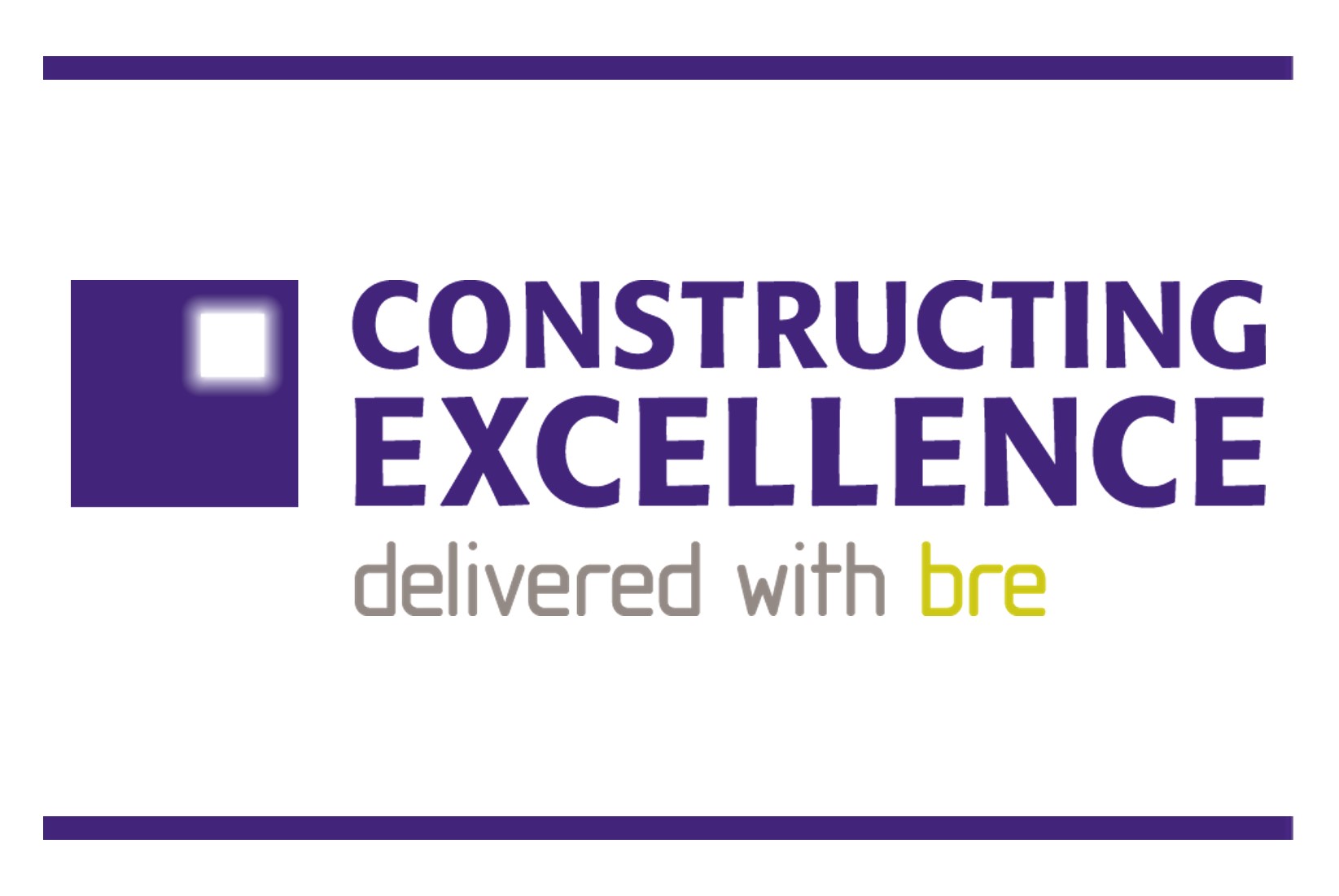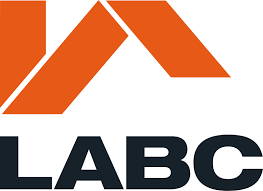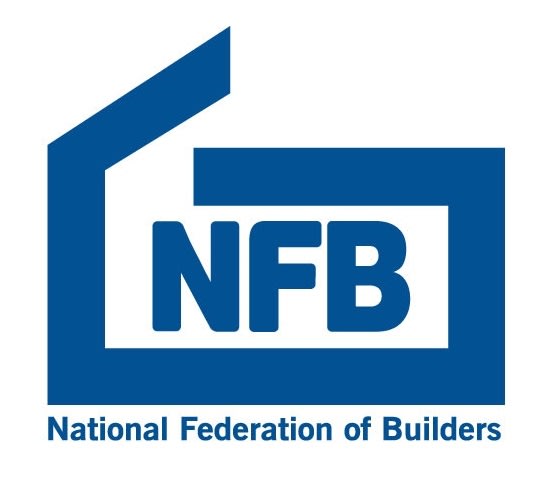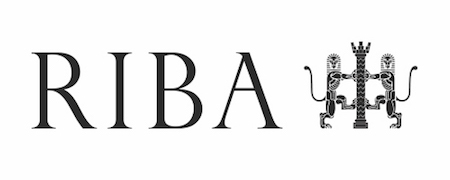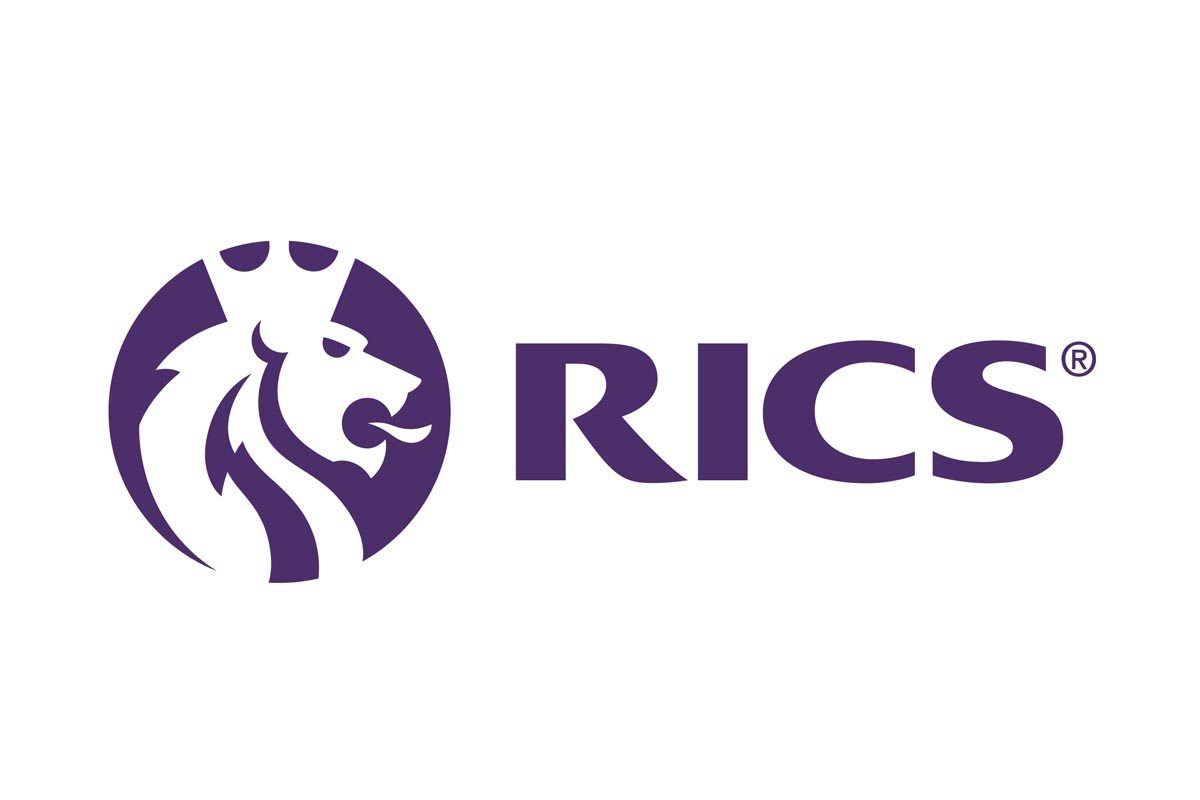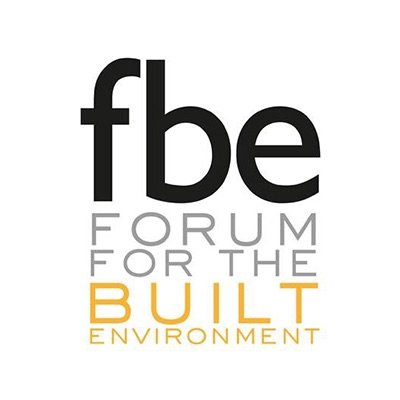Customer intimacy: Is customer focus no longer enough?


From the 1990s onwards construction has been urged to become more customer focused. The report, ‘Rethinking Construction’ published back in 1998, identified “a focus on the customer as one of the five drivers of change.” The authors of the report saw the customer as the Client or purchaser of a built asset or construction service.
‘Unlocking Specialist Potential’, a report published in the same year questioned the implication that there is only one type of customer – the external customer or commissioning Client. The authors of this report maintained that this did not provide a broad enough view of the participants in a construction supply chain.
They argued another category of customer needed to be recognised – the internal customer. Such internal customer relationships are evident in abundance in construction projects where, for example, the main contractor is the customer of the specialist contractor, and the specialist contractor the customer of the component and/or material manufacturer.
But thirty years on, organisations, particularly in other industries, are recognising that customer focus may not be enough. Providing a good service and consistent quality, supported by surveys measuring customer satisfaction and needs, is increasingly seen as not cutting the mustard.
It is argued that what is needed now is ‘customer intimacy’: A strategy that results in delighted, fully engaged customers and creates a strong differential advantage for suppliers. But building this kind of intimacy with customers is challenging and requires longer-term customer relationships coupled with a fundamental re-alignment of the supplier organisations involved.
So, what are the differences between customer focus and customer intimacy? There are significant challenges in becoming ‘customer intimate’. Here are some of the transitions seen as being necessary to move from customer focus to customer intimacy:
Relationships:
From build strong relationships…to…build deep, multi-level relationships to drive insights
Knowledge of customer:
From understanding customer needs…to…use every point of interaction to systematically gather, analyse and generate data and insights
Customer service:
From transactional building customer satisfaction around T,C and Q…to…to the end-to-end lifecycle experience of customers and exceeding their desired outcomes
Value:
From identify and satisfying stated needs and preferences…to…creating solutions to needs that customers don’t yet know they have
Innovation:
From feedback loops to inform product and service development…to…using insights to reshape end-to-end processes, services and the lifecycle of products.
So, how do organisations go about transitioning from customer focus to customer intimacy? Like any strategy, it is not one to be contemplated or pursued lightly. It requires a further rationalisation of market segments and customers, focused leadership and learning, and further intra- and inter-organisational alignment by suppliers to realise it.
First, looking at customer rationalisation. Customer intimacy requires high levels of investment in developing insights into customers and creating new bespoke value solutions. This requires targeting efforts on specific customers and market segments who are receptive to the idea.
Second, the appropriate value propositions need to be established. Different customers will require specific products and services.
Third, alignment of the organisation and, in turn, key participants in the downstream value chains. Whole organisations, including key suppliers, need to be configured to deliver the intended strategy. This is not just about putting good customer service at the interfaces between organisations where there are direct interactions (although this is important) but ensuring that the rest of the organisation and other organisations in the supply chain deliver on the promise of greater intimacy.
Clearly, these actions are not easy in much of construction given the uniqueness of each building, its production processes, and the transient customer-supplier relationships. The procurement strategies adopted by clients and indeed customers along the supply chain are unhelpful too as supplier selection is often dominated by consideration of price and time rather than quality and value.
On the positive side, a distinct advantage that construction suppliers have over those in many other industries is that Clients and internal customers down the supply chain have the opportunity to build some degree of intimacy, even in the case of one-off projects. And, with the rise in the use of frameworks and other means to build longer-term customer-supplier relationships it is possible for all construction suppliers to aim for some degree of greater customer focus and even customer intimacy.


